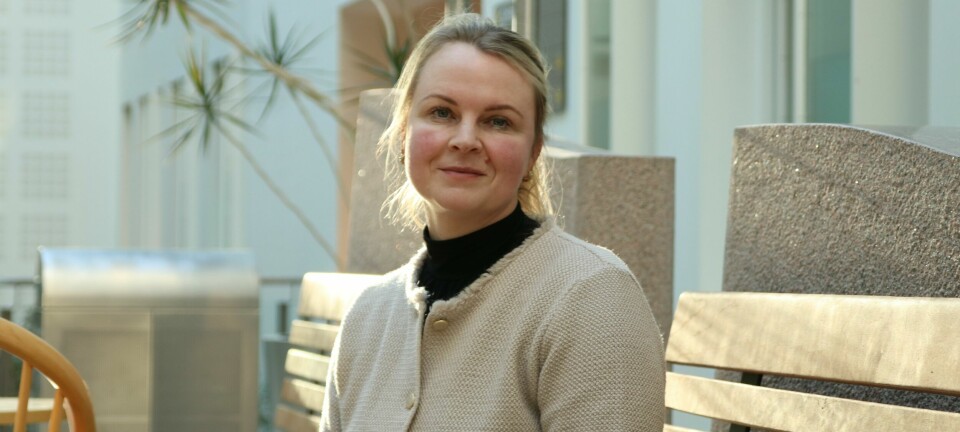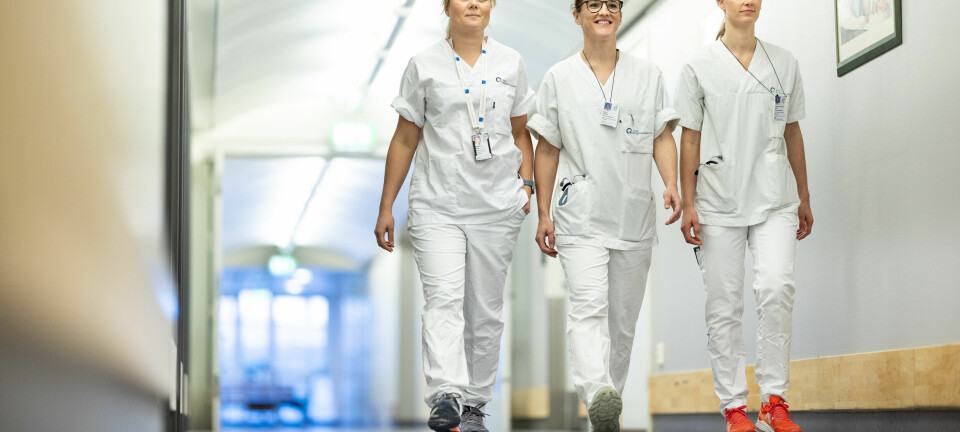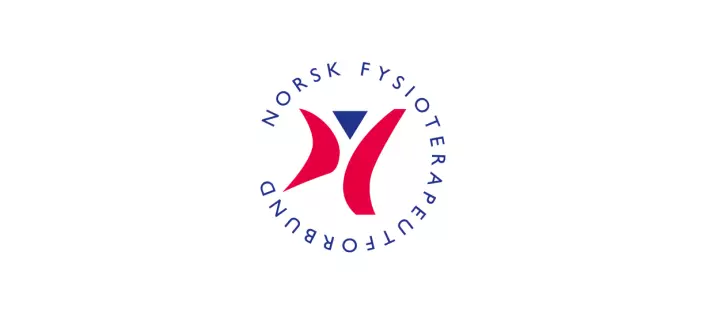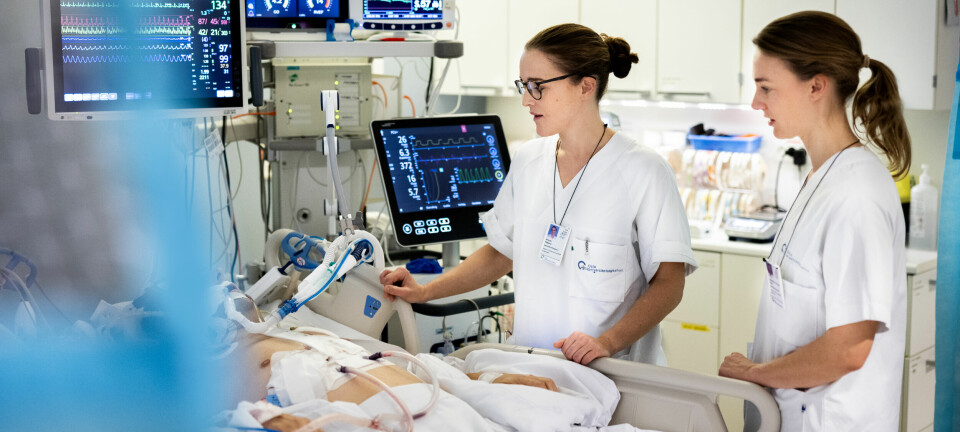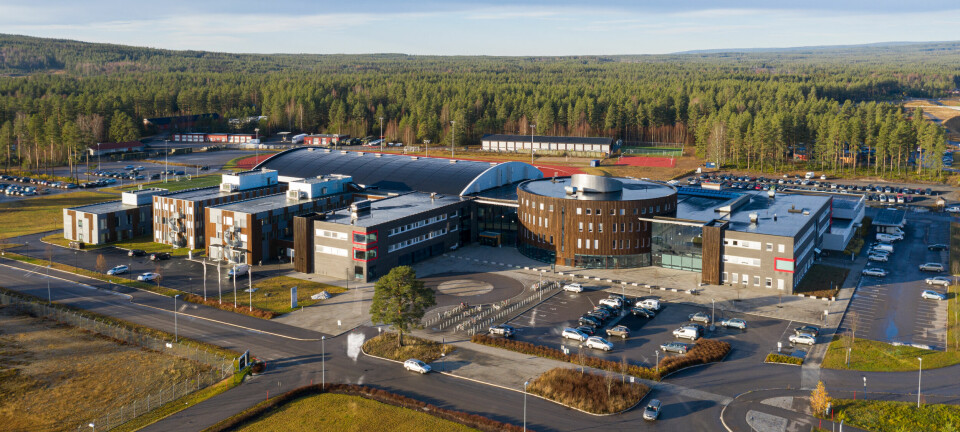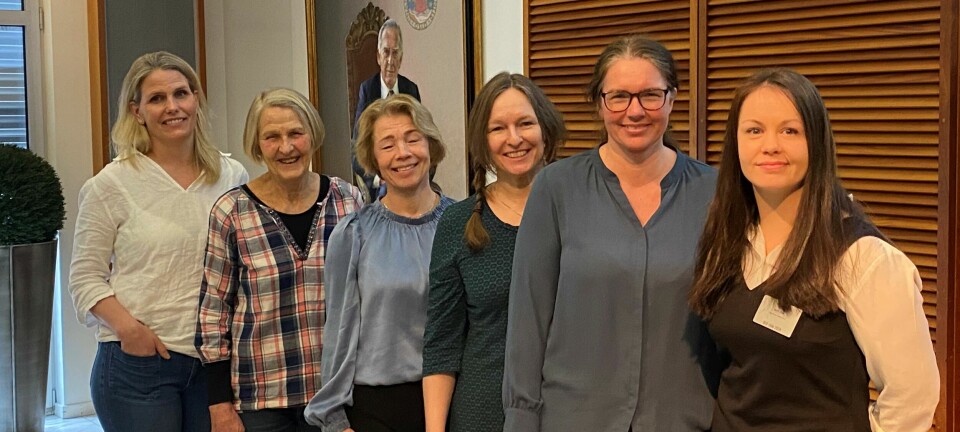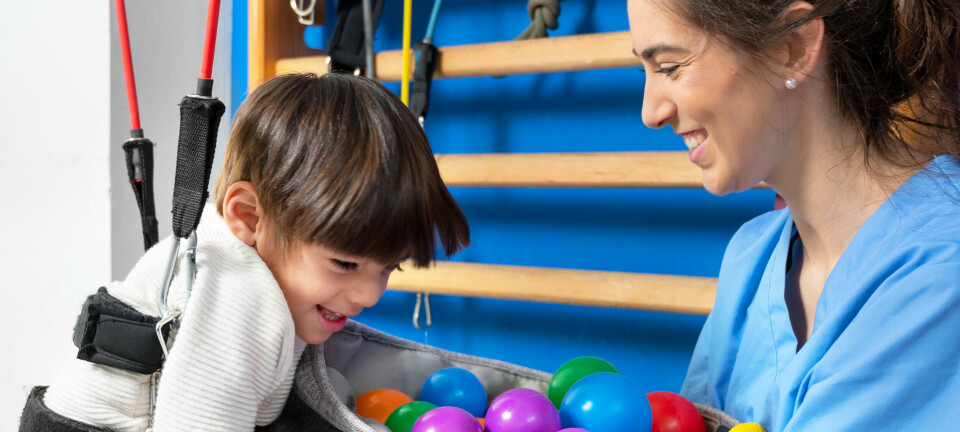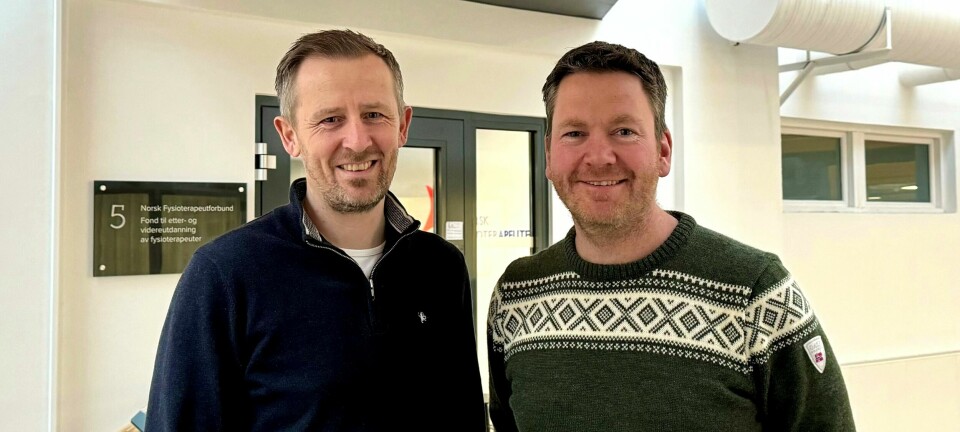Repetitive transcranial magnetic stimulation combined with treadmill training can modulate corticomotor inhibition and improve walking performance in people with Parkinson’s disease
Blikk på forskning i Fysioterapeuten 4/2014.
Blikk på forskning utarbeides i samarbeid med Journal of Physiotherapy (Australia), som trykker forskningspresentasjonene under betegnelsen Critically appraised Papers, CAPs.
Synopsis
Summary of: Yang Y-R, et al (2013) Combination of rTMS and treadmill training modulates corticomotor inhibition and improves walking in Parkinson disease: a randomized trial.Neurorehabil Neural Repair27: 79–86. [Prepared by Marco YC Pang, CAP Editor.]
Question: Does adding repetitive transcranial magnetic stimulation (rTMS) to treadmill training modulate cortical excitability and improve walking in people with Parkinson’s disease (PD)?
Design: Randomised controlled trial with blinded outcome assessment.
Setting: A medical centre in Taiwan.
Participants: Individuals with Parkinson’s disease (Hoehn and Yahr Stage 2–3), and ability to walk independently were key inclusion criteria. Absence of motor evoked potential in response to rTMS, history of seizure, and use of cardiac pacemaker were key exclusion criteria. Randomisation of 22 participants allocated 11 to each of the experimental and control groups.
Interventions: Both groups underwent 12 treatment sessions over 4 weeks. In each session, the experimental group received rTMS (5 Hz) applied over the leg area of the motor cortex in the hemisphere contralateral to the more affected leg for 6 minutes, immediately followed by 30 minutes of treadmill training. The control group received sham rTMS in addition to the 12 sessions of treadmill training.
Outcome measures: The primary outcomes were indicators of corticomotor excitability – motor threshold, silent period, short-latency and long-latency intracortical inhibition – measured in both cerebral hemispheres. The secondary outcomes were comfortable and fast walking speeds, and the timed-up-and go test. The outcomes were measured at baseline and after the 4-week intervention period.
Results: 20 participants completed the study. At the end of the 4-week intervention period, the increase in motor threshold of 3.5% and silent period of 14.0% of the contralateral hemisphere relative to the more affected leg was significantly more in the experimental group than the control group. Significantly more reduction of short-latency intracortical inhibition in the same hemisphere was also found in the experimental group relative to the control group 10.9%. The experimental group also had significantly more improvement than the control group in fast walking speed (by 10.1 cm/s) and in the timedup-and-go test (by 2.0 s). No significant differences between the groups were reported in other outcomes.
Conclusion: Repetitive transcranial magnetic stimulation can enhance the effects on corticomotor inhibition and improvement of walking function induced by treadmill training in patients with Parkinson’s disease.
Commentary
The application of non-invasive brain stimulation in rehabilitation has received considerable attention recently. Repetitive transcranial magnetic stimulation (rTMS) has been shown to enhance upper and lower extremity functions and/or modulate cortical excitability (Gonzalez-Garcia 2011, Khedr et al 2003, Lefaucheur et al 2004, Lomarev et al 2006). Yang et al (2013) are the first to combine rTMS and treadmill-walking training and reported electrophysiological and functional changes in patients with Parkinson’s disease (PD). They found that the experimental group had significantly more lengthening of the silent period, increase in resting motor threshold and gait speed than the sham group. These findings suggest that both functional improvement and possible cortico-motor plastic changes occur after combined rTMS and task-specific training. While the positive results from Yang et al (2013) and previous studies seem promising, the optimal dosage and stimulation protocol of rTMS are yet to be determined. Yang et al (2013) used high frequency rTMS of 5 Hz and stimulated the more affected side of the brain for 12 sessions. Previous studies employed high frequency rTMS stimulation ranging from 5 Hz to 25 Hz, and stimulated both hemispheres for a total of 8–15 sessions (Gonzalez-Garcia 2011, Khedr et al 2003, Lomarev et al 2006).
Two studies reported that the improvement in gait performance lasted for one month (Khedr et al 2003, Lomarev et al 2006), hence the treatment effect beyond one month is not known. Although meta-analysis reported a positive trend of high frequency rTMS on reducing PD-specific impairment and disability level (Elahi et al 2009), most of the studies had a small sample size (n = 10–36). It is time to carry out large scale randomised controlled trials to determine the stimulation frequency, stimulation site and total pulse, and the number of treatment sessions. Further study is also needed to examine the long-term effect of rTMS in enhancing motor function and electro-physiological changes in PD.
Margaret KY Mak, Department of Rehabilitation Sciences, The Hong Kong Polytechnic University. Hong Kong, China
References
Elahi B et al (2009) Mov Disord 24: 357–363.
Gonzalez-Garcia N et al (2011) J Neurol 258: 1268–1280.
Lefaucheur JP et al (2004) Clin Neurophysiol 115: 2530–2541.
Lomarev MP et al (2006) Mov Disord 21: 325–331.
Khedr EM et al (2003) Eur J Neurol 10: 567–572.
Yang YR et al (2013) Neurorehabil Neural Repair 27: 79-86.




